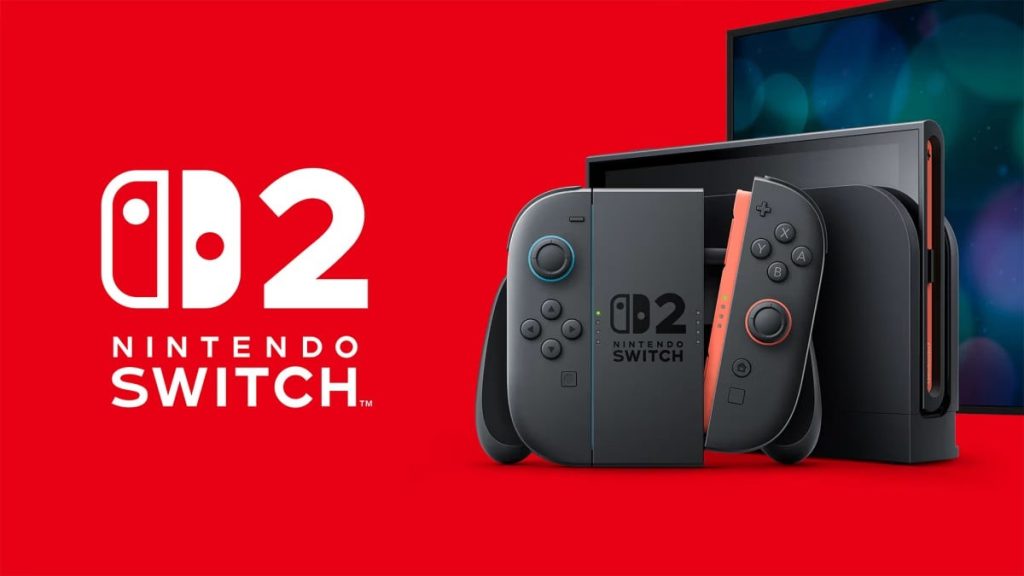Japanese gaming giant Nintendo has confirmed plans to introduce the successor to its wildly successful Switch console later this year. While the company has yet to disclose pricing details of Switch 2, it announced that further information will be provided during a Nintendo Direct event scheduled for April 2.


The forthcoming console appears to adhere closely to the hybrid home-portable design philosophy that made the original Switch a commercial phenomenon. Since its debut in 2017, the Switch has reshaped Nintendo’s hardware trajectory, selling over 145 million units worldwide and cementing itself as a dominant force in the gaming industry.
However, despite the high anticipation surrounding its successor, the announcement failed to generate the level of excitement that accompanied the original Switch’s reveal.
Serkan Toto, founder of consultancy firm Kantan Games, described the upcoming device as more of an incremental upgrade than a revolutionary leap forward. “What we saw is more like a ‘Switch Pro’ – an upgraded version that is bigger – than a Switch 2,” he noted, suggesting that the console’s launch might take place sometime after June.
The market reacted negatively to the news about additional waiting for the final release of the console, with Nintendo’s stock dropping 6% during early trading in Tokyo, likely influenced by leaks and speculation that had already circulated ahead of the announcement.
Nintendo’s strategy has long relied on extending console life cycles through iterative hardware enhancements and strong first-party game releases. Iconic franchises such as Super Mario and The Legend of Zelda have helped sustain the Switch’s momentum, even as the device approaches the end of its lifecycle. For the fiscal year ending March, Nintendo has forecasted sales of 12.5 million units for the aging console, indicating sustained—albeit slowing—demand.
Despite the muted market response, analysts remain optimistic about the potential of the new Switch 2 console to drive hardware sales. Atul Goyal, an analyst at Jefferies, predicted that even if Nintendo ramps up production to 15 million units for the year, demand is likely to exceed supply for months or even quarters.
Backward compatibility has been confirmed to some extent, as Nintendo stated that existing Switch software will function on the new device, although certain games may not be fully optimized. This approach mirrors industry trends, as console makers increasingly prioritize ecosystem continuity to retain their player base.
With total sales of 145 million units, the Switch stands as Nintendo’s second-best-selling console, surpassed only by the Nintendo DS, which reached 154 million units. While Nintendo has expanded its brand into retail stores, theme parks, and films, its core business remains deeply tied to the console market. The company, alongside Sony, continues to dominate dedicated gaming hardware, even as advancements in mobile and cloud gaming present new competitive pressures.
While mobile and cloud gaming continue to expand their market share, dedicated gaming hardware remains relevant due to superior performance, exclusivity, and user experience. Nintendo’s next-generation console will serve as a key indicator of how traditional console manufacturers adapt to these changing industry dynamics while leveraging their strengths in hardware innovation and game development.
Written by Alius Noreika
You can offer your link to a page which is relevant to the topic of this post.




